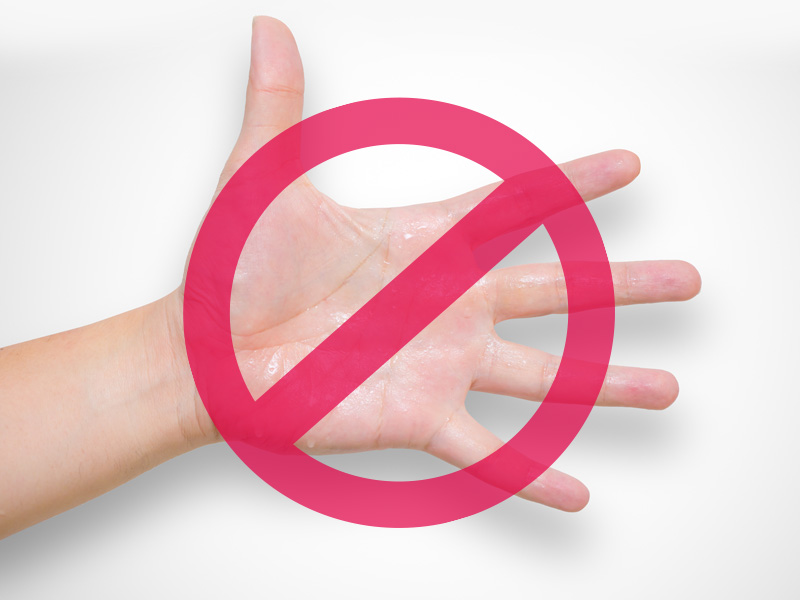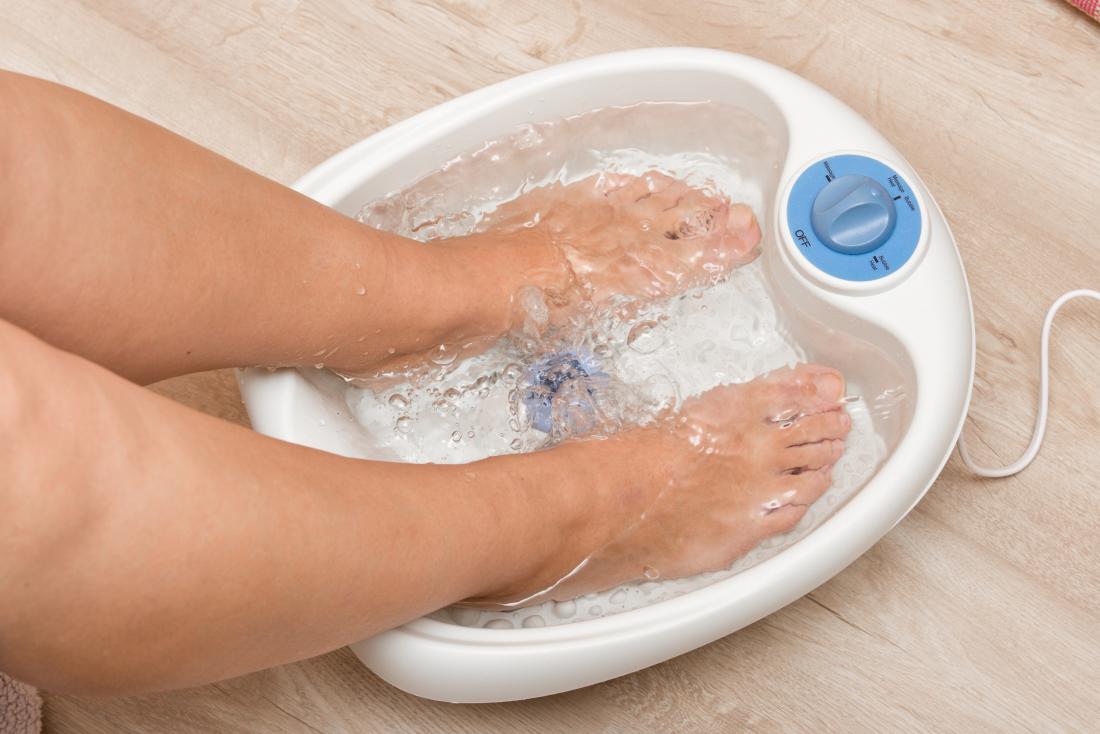Understanding the Source of Excessive Sweating and Its Effect On Life
Extreme sweating, likewise referred to as hyperhidrosis, is a condition that affects a considerable part of the populace, yet its underlying reasons and effects on daily functioning stay somewhat enigmatic. While it is generally understood as a physiological action to control body temperature, the triggers for excessive sweating can differ extensively amongst individuals, encompassing not just physical factors but mental and also psychological aspects. In addition, the impact of this problem prolongs beyond simple discomfort, often influencing social communications and overall top quality of life. By diving right into the root creates of hyperhidrosis and exploring its multifaceted results, a deeper understanding of this prevalent issue can be obtained, shedding light on the intricacies that individuals facing excessive sweating navigate on an everyday basis.
Physiology of Sweat Glands
The regulation of sweat manufacturing, an important physical procedure, is mostly regulated by the activity of sweat glands distributed throughout the body. Gland are categorized right into two primary types: eccrine and apocrine glands. Eccrine glands are one of the most countless and are discovered in nearly all areas of the body. They play an essential duty in thermoregulation by producing a watery liquid onto the skin's surface, which vaporizes and aids cool the body down. In contrast, apocrine glands are concentrated in areas abundant in hair roots, such as the underarms and groin, and their secretions are thicker and milklike in look.
When the body temperature level climbs, either as a result of exercise, heats, or psychological stress, the nerve system triggers the sweat glands to generate sweat. This sweat is composed largely of water and electrolytes like sodium and chloride. The process of sweat production is essential for keeping the body's interior temperature within a slim, ideal range, highlighting the critical role gland play in human physiology.
Triggers for Excessive Sweating
In understanding the origin triggers of too much sweating, it is critical to recognize the triggers that can lead to this physiological response. Physical effort, high temperatures, and spicy foods are additionally understood to trigger extreme sweating in individuals susceptible to this condition.
In addition, medicines such as some antidepressants, opioids, and certain supplements can likewise act as triggers for hyperhidrosis. Recognizing these triggers is vital in managing extreme sweating successfully - Treatment for hyperhydrosis of hands. By identifying and resolving the particular triggers that motivate excessive sweating in a specific, healthcare carriers can establish personalized therapy strategies to minimize this problem and improve the individual's lifestyle
Medical Conditions Associated
Connected with too much sweating are various medical problems that can aggravate this physical feedback. One typical condition is hyperhidrosis, a problem defined by abnormally raised sweating that surpasses the body's thermoregulatory demands. This can show up in focal areas like the palms, soles, underarms, or face, affecting a person's lifestyle because of social shame and discomfort.
In addition, endocrine problems such as hyperthyroidism, diabetes, and menopausal warm flashes can additionally bring my link about too much sweating. Hyperthyroidism causes an overproduction of thyroid hormones, accelerating metabolism and triggering sweating. Diabetes can generate sweating episodes, specifically throughout hypoglycemic episodes when blood glucose levels drop also reduced. Menopausal hot flashes, associated to hormonal variations throughout menopause, can trigger intense and sudden sweating, frequently accompanied by flushing and heart palpitations.
Additionally, infections like consumption, endocarditis, and hiv have been connected with night sweats, a common signs and symptom understood to interfere with rest and affect total well-being. These clinical problems highlight the diverse series of underlying aspects that can contribute to too much sweating, necessitating thorough examination and management by medical visit this site right here care professionals.
Emotional and Emotional Elements

Influence On Social Interactions
Extreme sweating can have extensive impacts on a person's ability to engage pleasantly in social interactions. The noticeable indicators of sweat stains or damp spots on clothes can bring about embarrassment and self-consciousness, triggering people to withdraw from social circumstances. This withdrawal can affect partnerships, limit social activities, and prevent individual and expert development.

Additionally, the anxiousness and self-worth concerns originating from excessive sweating can affect communication and interpersonal skills. Individuals may struggle to focus on conversations, participate in group activities, or express themselves with confidence. This can lead to sensations of seclusion and isolation, as social links come to be testing to keep.
Verdict

While it is generally recognized as a physiological reaction to regulate body temperature level, the triggers for extreme sweating can vary extensively amongst individuals, encompassing not just physical aspects but also psychological and mental elements. By diving into the origin triggers of hyperhidrosis and exploring its complex impacts, a deeper understanding of this prevalent problem can be gained, dropping light on the complexities that people grappling with extreme sweating browse on an everyday basis.
Physical exertion, high temperature levels, and spicy foods are likewise recognized to set off extreme sweating in individuals prone to this condition. By identifying and addressing the certain triggers that motivate extreme sweating in an individual, medical care companies can develop individualized treatment plans to alleviate this condition and boost the individual's high quality of life.
Excessive sweating can have profound results on an individual's capability useful source to involve conveniently in social interactions.
Comments on “Targeted Dermatology Treatments for Hyperhydrosis of Hands and Feet: Efficient Solutions”